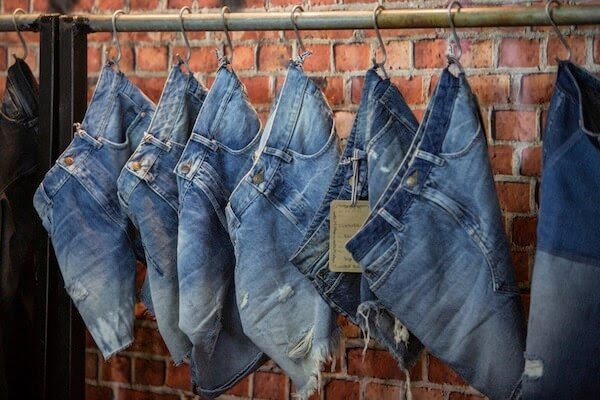Sourcing Journal Online
by Tara Donaldson
Morocco has played a major role in providing fast fashion for the likes of Zara and other European retailers, like H&M and Burberry, thanks to its proximity, but now the country is looking to expand the capabilities it’s known for.
At this year’s Maroc in Mode and Maroc Sourcing, which will take place Oct. 26-27 in Marrakech, Morocco, the country will be highlighting a supply chain strategy it credits with its success.
Separating its capabilities into six areas of focus, or ecosystems—fast fashion, denim, knit, pre/sports/leisure, Moroccan brands, and leather and shoes—the country has separated its supply chain in a way that allows suppliers in these ecosystems to work together to boost both their own offerings and those of the country.
“Ecosystems are led by leading companies acting as locomotives for their branches and suppliers. These locomotives are committed to fulfill the requirements for modern production and required regulations and international standards,” said Mohamed Tazi, general director of the Moroccan Textile and Apparel Industry Association (AMITH). “Within the setup put in place, the ‘locomotives’ not only upgrade their own production systems, but also assist small companies within their ‘ecosystem’ to structure and build up industrial progression and modernity.”
Each ecosystem also has growth plans and targets, like the denim ecosystem, which expects to create 14,800 new jobs by 2020 as Morocco’s advancements in denim supply grow.
Morocco has been considered a champion of quick turn for European brands as it can get goods on land to Spain in one day and to Germany within two. The country is the seventh biggest exporter of apparel to the EU, according to AMITH. In 2015, the country exported 2.3 billion euro ($2.7 billion) to the region, with trousers and denim accounting for the largest share of exports, followed by shirts and dresses.
“The advantage of quick response has made Morocco an important partner in the business as permanent changes and new programs have to be delivered to the stores all over the year,” Tazi said. “But also the united power of the fashion industry together with governmental support assists to steadily improve the high standards of fashion. Speed, acceleration and frequency of new fresh fashion are a key condition for success.”
Though the U.S. market can’t benefit from the same quick-turn as the European companies get because of location, Tazi said there’s still lots of upsides for the American buyer.
“The Moroccan apparel industry and its fast fashion model bring added value to the retailer in terms of profitability, attractiveness and brand building. It is very well positioned to offer solutions for CM, FOB production, creativity, etc.,” Tazi explained. “Through Morocco as a manufacturing hub, you can also benefit from the strength of the big textile players from Portugal, Spain or Turkey, each one providing its own competitive advantage in its production chain.”
Maroc en Mode and Maroc Sourcing will feature 175 exhibitors from Morocco, Turkey, Tunisia, China, Belgium, Spain, France, Portugal and Egypt, and the show is expected to draw more than 1,500 buyers from around the world.







